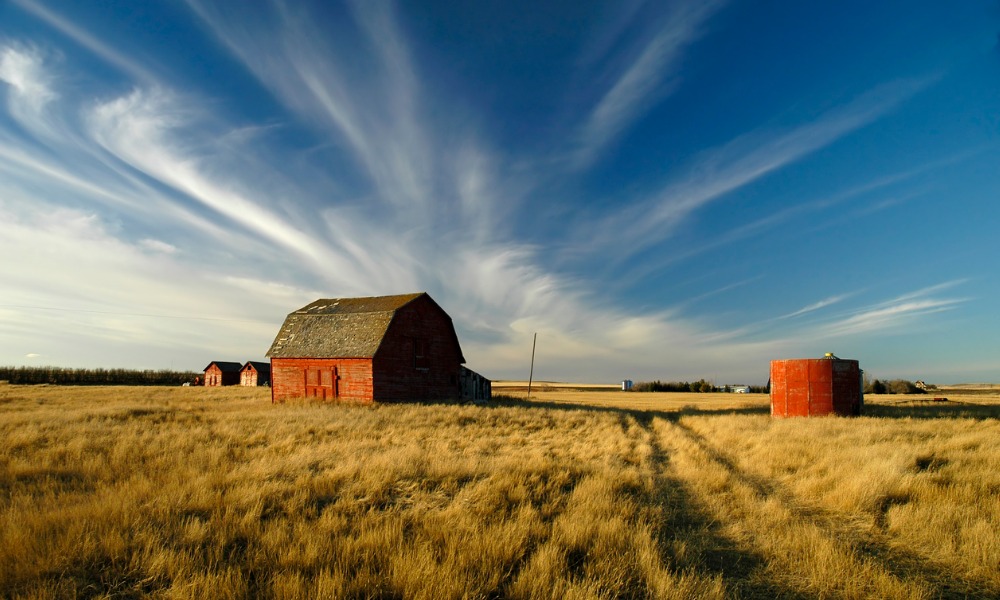Historical returns and thesis of scarcity point to agricultural assets' protective potential

With runaway fiscal and monetary stimulus, supply chain breakdowns, and other factors stoking fears of inflation in the markets, investors are looking to hedge their portfolios with alternative investments such as real estate, commodities, and even crypto assets like Bitcoin. For those with access to more esoteric real assets, a modicum of exposure to farmland may be helpful.
That was one suggestion offered by Grant Alexander Wilson, a member of the Department of Management & Marketing at the University of Saskatchewan’s Edwards School of Business in a recent article published in The Conversation.
“Although inflation in Canada has been historically stable, it can never be fully anticipated,” Wilson said. “The COVID-19 pandemic has created unprecedented market uncertainty and economic anomalies.”
While the most recent data from Statistics Canada pegs the year-over-year inflation rate at 0.7%, he said that could be an underestimate, as some experts point to demand-driven increases in prices of essential goods that weren’t counted in the current basket of goods that defines Canada’s current consumer price index. The much-awaited end to COVID-19, Canada’s stimulus package, and historical post-recession trends also add to the expectations of inflation over the long term.
“Historically, Canada’s inflation has followed, but lagged, its GDP increases,” Wilson said. “The unparalleled COVID-19 stimulus package, 420 per cent larger than Canada’s 2008 recession stimulus package, is also likely to create inflationary trends.”
To explore the effectiveness of Canadian farmland as an inflationary hedge, he compared inflation over the past 20 years to the appreciation in farmland values during the same period. From 2000 to 2020, he said cumulative inflation in Canada was 39%, while cumulative appreciation in the value of farmland was 168.4%, based on data from Farm Credit Canada.
A recent note from one of the premier banking institutions in the U.S. also held a constructive view of agricultural investment.
As reported by the Financial Post, Bank of America (BoA) published a report late last week encouraging clients to “own real estate, commodities, and collectibles,” whether it’s through direct investment or through vehicles such as REITs, ETFs, and specialized funds focused on infrastructure, timber, and farmland, among other real assets.
Based on a conviction that both inflation and interest rates are at a “secular turning point” coinciding with an end to the 40-year bull market in bonds, the bank said the outlook for commodities, small caps, value stocks, emerging-market equities, and real assets is looking bullish. Real assets, the bank added, are cheap relative to financial assets and under-owned, making them a viable alternative to big tech and large-cap stocks.
“As digital currencies increase money and wealth, scarcity of real assets such as commodities and collectibles will increase their value,” BoA said.



